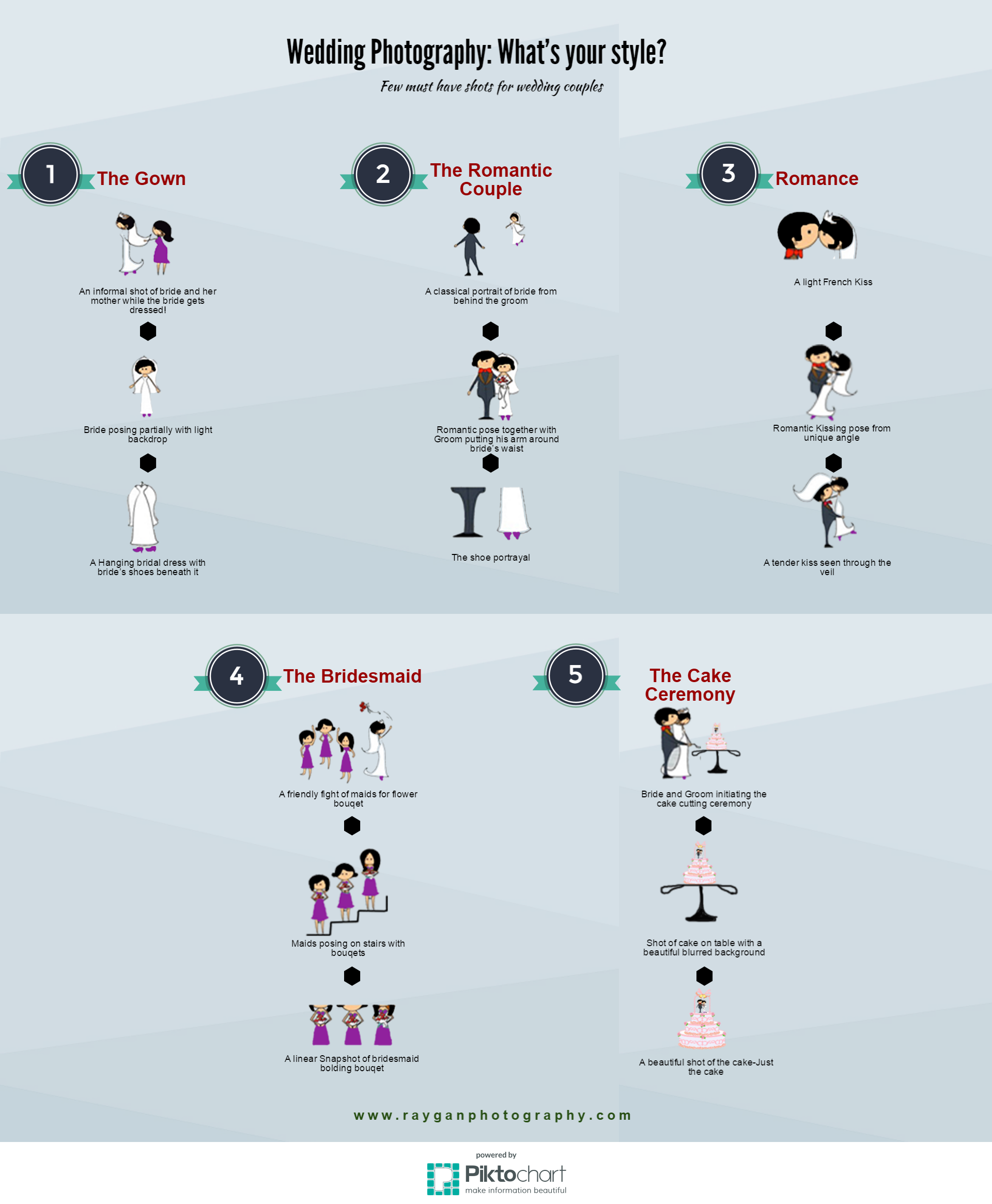Recognizing Make-Up: The Basics Every Professional Photographer Must Know
Recognizing Make-Up: The Basics Every Professional Photographer Must Know
Blog Article
Composed By-Greer Parrott
When you grab your camera, recognizing the fundamentals of composition can dramatically boost your digital photography. Techniques like the Guideline of Thirds, Leading Lines, and reliable mounting aren't just standards; they're important tools that can change your photos from ordinary to thrilling. By mastering pop over to this web-site , you'll find yourself catching not just pictures, yet tales that reverberate. Yet what happens when you begin bending these rules? Discovering that can result in unanticipated and powerful results in your work.
The Guideline of Thirds
One of one of the most important principles in photography is the Policy of Thirds. This strategy assists you develop balanced and interesting compositions, drawing the audience's eye to one of the most vital components in your image.
Think of separating your frame right into a grid of 9 equal parts with 2 straight and 2 vertical lines. By positioning your topic along these lines or at their intersections, you naturally boost your photo's visual charm.
Instead of focusing your topic, try placing it off away. This approach presents area and context, allowing visitors to explore the surrounding area.
For landscapes, position the perspective along the top or lower 3rd line, stressing either the skies or the land.
When you're recording portraits, align the subject's eyes along the top 3rd line for a more vibrant appearance.
Try out the Rule of Thirds will result in more engaging and professional-looking pictures.
Leading Lines
Use the power of leading lines to assist your customer's eye via the frame and develop a sense of deepness in your digital photography.
Leading lines are all-natural or manufactured components that draw attention and lead the audience's stare towards the main topic. They can be anything from roads, rivers, fences, or perhaps darkness.
When you integrate leading lines, think about just how they can improve your composition. Start by recognizing strong lines in your scene.
Position yourself to utilize these lines effectively, guaranteeing they lead to your prime focus. As an example, a pathway introducing a landscape can stimulate a sense of journey and invite the customer to discover the scene.
Trying out various angles and perspectives. In some cases, shooting from a lower angle can produce even more vibrant leading lines, while a greater perspective can provide a broader context.
Framing and Balance
Framing and balance play vital functions in producing visually engaging pictures. When you mount your topic, you're basically developing a border that attracts the viewer's eye straight to the prime focus. You can use natural elements like branches, doorways, or windows to achieve this impact.
Do not undervalue the power of framing; it adds deepness and context, making your image extra appealing.
Equilibrium, on the other hand, makes sure that your structure really feels secure and unified. https://telegra.ph/Figure-Out-How-To-Pick-The-Excellent-Electronic-Camera-Tailored-To-Your-Photography-Design-And-Requires-Yet-Are-You-Thinking-Abo-01-08 can attain balance through proportion or by dispersing aesthetic weight evenly across the frame. If you place a big subject on one side, think about including smaller elements on the opposite side for it.
This technique avoids your image from feeling uneven and produces a feeling of completeness.
Explore both mounting and equilibrium in your photography. Take numerous shots from different angles, changing exactly how you mount your subject and exactly how you disperse components within the scene.
As you technique, you'll develop an intuitive understanding of how to create make-ups that reverberate with customers and evoke emotion. Bear in mind, understanding these aspects can transform an average picture right into a striking work of art.
Final thought
By mastering make-up techniques like the Policy of Thirds, Leading Lines, and Framing, you can elevate your photography to new heights. These principles assist you create well balanced, engaging pictures that attract audiences in and inform compelling tales. Keep in mind to experiment and trust fund your reactions as you exercise these fundamentals. With time and dedication, you'll change ordinary shots into imaginative expressions that really resonate with your audience. Keep capturing, and allow your creativity luster!
